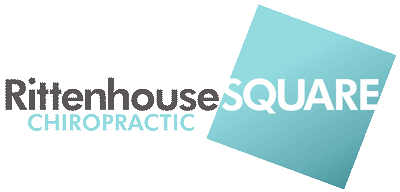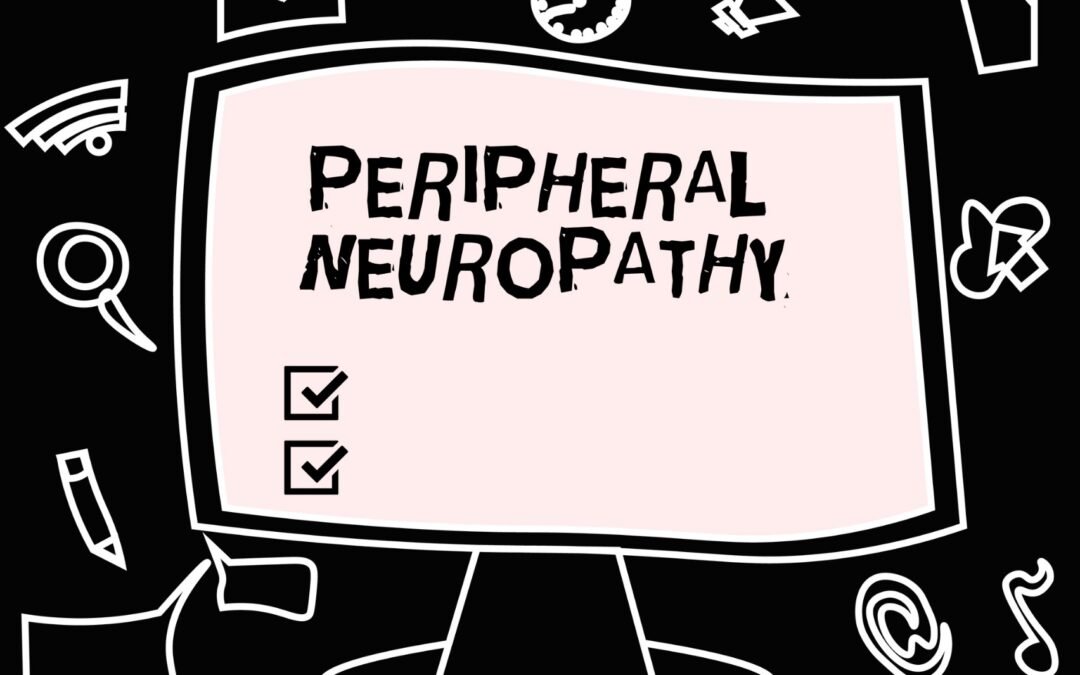Peripheral neuropathy, a condition affecting nerves outside the brain and spinal cord, presents significant challenges in both diagnosis and treatment. This article delves into a comparative analysis of traditional and modern therapeutic approaches to managing this complex condition. We explore conventional methods, which have been the cornerstone of treatment for years, and contrast them with innovative techniques like SoftWave therapy, a modern intervention showing promise in neuropathy care. The focus is on providing a comprehensive perspective on these diverse treatment strategies, highlighting their effectiveness, patient experiences, and overall impact on neuropathy management.
Traditional Approaches
Traditional treatments for peripheral neuropathy have primarily focused on relieving symptoms and managing the underlying condition causing the nerve damage. Medications such as pain relievers, anti-seizure medications, and topical treatments have been commonly used to ease the discomfort associated with neuropathy. These medications aim to reduce pain and alleviate symptoms but do not necessarily address the root cause of the nerve damage.
In addition to medications, physical therapy plays a crucial role in traditional treatment approaches. It helps in improving muscle strength, reducing cramps, and enhancing movement. Physical therapists also guide patients in exercises that maintain muscle strength and prevent muscle wasting, a common complication of peripheral neuropathy.
Another aspect of traditional treatment includes lifestyle modifications and home remedies. Patients are often advised to adopt healthy lifestyle choices, like maintaining optimal blood sugar levels, regular exercise, and avoiding factors that could worsen their condition. These practices aim to slow the progression of neuropathy and improve overall health, thereby indirectly aiding in symptom management.
The Role of SoftWave Therapy
Modern treatments for peripheral neuropathy have seen significant advancements with the introduction of technologies like SoftWave therapy. This non-invasive treatment uses shockwave technology to stimulate natural healing processes in the body. It targets the affected nerves and tissues, promoting increased blood flow and regeneration of nerve cells, which can alleviate neuropathy symptoms.
The appeal of SoftWave therapy lies in its approach to treating the underlying causes of neuropathy rather than just managing symptoms. By enhancing the body’s natural healing mechanisms, it offers a potential for more lasting relief and recovery. This contrasts with traditional methods that often focus primarily on symptom management.
SoftWave therapy is known for its minimal side effects, making it a favorable option for patients who might experience adverse reactions to medications or more invasive treatments. Its ability to provide pain relief and tissue repair without the need for drugs or surgery marks a significant step forward in neuropathy treatment.
Effectiveness of SoftWave Therapy
The effectiveness of SoftWave therapy in managing peripheral neuropathy is notable, particularly in comparison to traditional treatments. SoftWave therapy’s mechanism, which involves stimulating the body’s natural healing processes, has shown promising results in pain reduction and improving overall nerve function. Patients undergoing this therapy have reported a decrease in neuropathic pain and an improvement in their quality of life.
Clinical studies and patient feedback have highlighted the success of SoftWave therapy in addressing various symptoms of peripheral neuropathy. Unlike traditional methods that offer temporary relief, SoftWave therapy aims to promote longer-term improvements in nerve function and pain management. This is achieved through its unique approach to enhancing the body’s natural healing and repair processes.
The non-invasive nature of SoftWave therapy contributes to its effectiveness. It allows for a treatment option that is less disruptive and more accessible to patients. This ease of treatment, combined with its efficacy, positions SoftWave therapy as a compelling alternative or complement to traditional neuropathy treatments, offering new hope to patients seeking relief from this challenging condition.
Comparing Side Effects
When comparing the side effects of traditional treatments and SoftWave therapy for peripheral neuropathy, it’s important to consider the range and severity of potential adverse reactions.
Traditional treatments, especially medications, can have a variety of side effects:
- Pain relievers may lead to dependency or tolerance issues.
- Anti-seizure medications can cause dizziness, drowsiness, or swelling.
- Topical treatments might result in skin irritation or allergic reactions.
In contrast, SoftWave therapy, known for its minimal invasiveness, typically results in fewer and less severe side effects. Most patients undergoing SoftWave therapy experience little to no discomfort during and after the treatment. This aspect makes it an appealing option for those who are sensitive to medication-related side effects or wish to avoid the complications associated with more invasive traditional treatments.
The reduced risk of side effects with SoftWave therapy enhances patient comfort and contributes to a higher treatment adherence rate. This is particularly important in managing a chronic condition like peripheral neuropathy, where consistent and long-term treatment is often necessary for effective symptom management.
Cost and Accessibility
Considering the cost and accessibility of traditional treatments and SoftWave therapy for peripheral neuropathy, several factors come into play.
Traditional treatments, including medications and physical therapy, have been the standard approach for managing peripheral neuropathy for many years. These treatments are widely accessible and often covered by health insurance plans. However, the costs can vary widely based on the type and duration of treatment, with some medications and therapies being expensive, especially if needed for prolonged periods.
SoftWave therapy, a relatively newer and more advanced treatment option, might not be as widely available as traditional treatments. Its cost can also be a factor, as it may not be covered by all insurance plans, making it potentially more expensive for patients. However, the long-term benefits and reduced need for ongoing treatment could make it a cost-effective option in the long run.
The choice between traditional treatments and SoftWave therapy often depends on the patient’s specific circumstances, including their health insurance coverage and access to healthcare facilities offering these treatments. While traditional treatments are more established and widely accessible, SoftWave therapy offers a modern alternative that, despite potential higher initial costs, could offer long-term financial benefits due to its effectiveness.
Ultimately, patients and healthcare providers need to consider the immediate and long-term costs and accessibility of these treatments to make the best decision for managing peripheral neuropathy. This decision should be based on a thorough understanding of the patient’s medical history, the severity of their condition, and their financial situation.
Patient Outcomes
Traditional treatments, including medications and physical therapies, have shown varying degrees of success in managing neuropathy symptoms. These methods often provide symptom relief and can improve quality of life, but they may not always address the underlying causes of neuropathy. These treatments’ effectiveness can depend on the type of neuropathy, its severity, and individual patient responses.
On the other hand, SoftWave therapy has emerged as a modern approach with promising outcomes. Patients undergoing SoftWave therapy have reported significant improvements in pain relief and overall nerve function. This therapy’s focus on stimulating the body’s natural healing processes provides a unique approach to managing neuropathy, potentially leading to more sustainable and effective results.
The comparison of patient outcomes from these two approaches reveals a nuanced picture. While traditional treatments have a longer track record and are effective for many, SoftWave therapy offers a novel approach that can be particularly beneficial for those who have not found relief through conventional methods. The choice of treatment should be personalized, considering each patient’s specific needs and medical history.
Contact Rittenhouse Square Chiropractic
If you’re considering SoftWave therapy for peripheral neuropathy, Rittenhouse Square Chiropractic is here to help. We offer personalized consultations to assess your condition and determine the most effective treatment plan. Our experienced team is committed to providing the highest quality care, ensuring each patient receives a therapy plan that best suits their health needs.
Contact us today to learn more about SoftWave therapy and other treatment options available at Rittenhouse Square Chiropractic. Our staff is ready to answer any questions and guide you through the process of starting your journey towards relief and improved nerve health.

